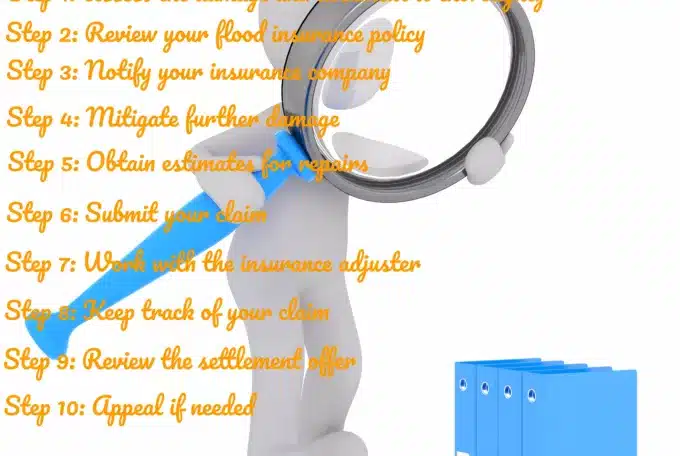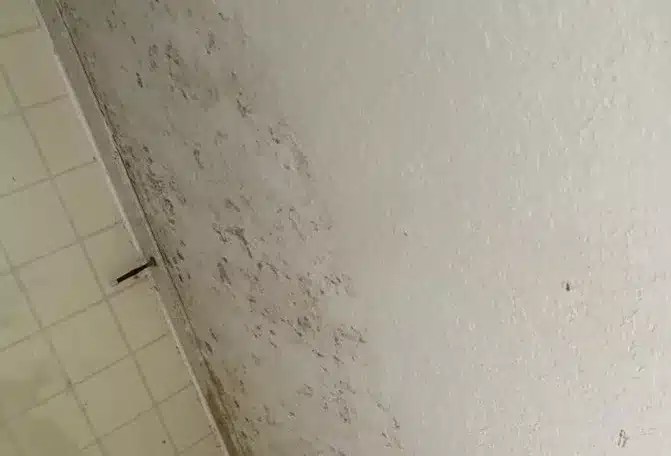What Kind of Roof Damage is Covered by Insurance? A Complete Guide
As a homeowner, the roof is one of the most critical aspects of your property. It protects you and your belongings from the elements and provides security. But what happens when your roof is damaged and you need to pay for repairs — or even a new roof? Will your homeowner’s insurance cover roof replacement costs?
In this complete guide, we will explore the types of roof damage typically covered by home insurance policies. Knowing how your insurance policies cover roof damage can save you from unexpected expenses and headaches in case of disasters caused by storms, accidents, or wear and tear.
Let’s dive in and ensure you have the knowledge to protect your home and investment.
Types of roof damage
Insurance Companies’ policies typically cover the cost for several types of damage your roof can suffer from, including fire, hail damage, tree falls, storm damage, weight of snow, and more.
One common type is damage caused by severe weather conditions such as hailstorms, hurricanes, or strong winds. These can cause shingles to loosen, crack, or blow off entirely.
Another type is damage caused by fallen trees or branches, which can puncture or break the roof.
What types of damage does your roof insurance cover?
Insurance Companies’ policies typically cover leaks and water damage resulting from roof damage. Your homeowners insurance may have a cosmetic damage exclusion, though, which means that your policy won’t cover for damage that affects only the appearance and not the function of your roof.
The extent of coverage by your insurance company may also vary depending on the specific homeowner’s insurance policy’s dwelling limits and on whether you are covered for replacement cost value (RCV) or actual cash value (ACV).
What factors affect your roof insurance coverage?
Several factors can affect your roof insurance coverage, including the age of your roof. Insurance companies may be more hesitant to provide coverage for older roofs, they are more prone to damage due to wear and require frequent repairs or replacements.
The type of roofing material used also matters. Some materials, such as asphalt shingles, are more commonly covered by homeowners insurance policies. Others, like wood shake or slate, may have more limited coverage options.
Additionally, the location of your home can impact the terms under which insurance companies offer to cover your roof. Areas prone to severe weather, like hurricanes in Florida or hailstorms, may have higher insurance premiums or specific dwelling coverage limitations.
How do you file a roof insurance claim successfully?
Filing a successful roof insurance claim can be a complex process. Still, you can increase your chances of a favorable outcome with the right approach, which includes the steps below:
Document the damage
Inspect your roof and take clear and detailed photographs of roof damage from multiple angles to provide evidence. Capture any visible signs of leaks, missing shingles, or structural issues.
Review your insurance policy
Review your home insurance policy and consult with your home insurance provider to understand the coverage details that may affect your roof insurance coverage.
Familiarize yourself with the terms and conditions of your insurance policy, and ensure your insurance policy covers roof damage. Understand the deductible, coverage limits, and any exclusions that may apply.
Contact your homeowner’s insurance company
Notify your insurance company as soon as possible to report the damage. Provide them with a detailed description of the incident and the extent of the roof damage. Follow their instructions for filing a claim for roof repair or replacement.
Schedule a professional inspection
Request a professional inspection from a reputable roofing contractor or a licensed public adjuster. Their expertise will help provide an accurate assessment of the damage, which can strengthen your claim.
Keep records of all communications
Maintain a record of all conversations, emails, and letters exchanged with your insurance company. Maintaining records of communications will serve as a reference in case of any disputes or discrepancies during the insurance claims process.
Obtain multiple estimates
Have a licensed Public Adjuster or several roofing contractors write estimates to determine the costs of repairs or replacement for your damaged roof. This can help you better understand the fair value of your claim and how much your insurance company will pay to repair or replace your roof.
Cooperate with the claims adjuster
When the insurance company sends a claims adjuster to assess the damage, cooperate and provide them with all necessary documentation and information. Be present or, better yet, have a trained professional like a Licensed Public Adjuster represent you during the inspection to evaluate all areas of concern thoroughly.
How can a public adjuster help?
A public adjuster can be invaluable when dealing with roof damage and filing a roof insurance claim.
Licensed Professionals Public Adjusters work on behalf of policyholders, ensuring they receive fair and accurate settlements from their insurance companies. They can help in several ways regarding roof damage:
- Firstly, a Public Adjuster will assess the extent of the damage and determine coverage under your insurance policy.
- They can also help gather evidence, document the damage, and file a claim with the insurance company.
- Additionally, a public adjuster can negotiate with the insurance company on your behalf to ensure you receive the maximum compensation for the roof repairs.
Contact Fraser Property and Adjusting
Have you suffered roof damage? Our expertise and insurance industry knowledge can be invaluable in navigating the roof damage claims process and ensuring a fair outcome.
If you feel that your insurance company won’t pay you your rightful compensation, call Fraser Property & Adjusting for guidance. Our public adjusters will advocate for your case and make sure you get the compensation you deserve.
For more information on how to prevent roof leaks and water damage in your home, how to protect your roof from hurricanes and other damage, and how to prevent roof leaks and water damage in your home, please follow the links provided and read the related articles.
At Fraser Property and Adjusting, we recommend certified professionals with Hagg; Haag specializes in training Roof Inspection Experts Haag Certified Inspector (haageducation.com).





